From Sky to Sea: A Double Wildlife Mission Lifeline With The Bateleurs.
In the realm of wildlife rescue, some days sizzled with the urgency of life hanging by a feather or a flipper. On this particular day, I found myself aboard a mission that stitched together two rescue stories—one that soared and one that swam. With The Bateleurs, a volunteer network of conservation pilots, we were on a double-header journey, straddling air, land, and sea. The kind of mission where every moment counts—and every wing, wild or mechanical, has a role to play.
Mission One: “A Vulture’s Flight”
At the quiet Pietermaritzburg airport, the early light slid through the hangar’s open doors as we—The Bateleurs team assembled like clockwork: Steve McCurrach, Director and mission coordinator; Claude Parell, a Bateleurs pilot; and myself, holding down the storytelling front. The air was thick with that particular kind of anticipation that only surrounds high-stakes conservation missions. We weren’t just waiting on a bird; we were waiting on hope in a crate.
Soon, Jacqui Gray and Ben Hoffman from the African Raptor Centre arrived, carefully carrying our first precious passenger: a critically endangered White-Headed Vulture. This was not just any vulture; it was a female destined to fill a critical gap in a breeding program hundreds of kilometers away at VulPro in the Eastern Cape. This mission aimed to prevent the species from edging closer to extinction.
The Backstory: VulPro, a leading vulture conservation organisation based in Shamwari Private Game Reserve in the Eastern Cape, had recently lost their breeding female—a painful blow to an already fragile species population. Vultures in Africa are vanishing at staggering rates due to poisoning, habitat destruction, and the black-market trade for body parts in traditional medicine. The loss of even one individual can echo across decades of recovery.
But conservation isn’t just about mourning losses—it’s about mobilising action. And that’s exactly what this mission was.
The African Raptor Centre also runs a dedicated breeding program for White-headed vultures. This particular female, bred by Ben Hoffman, has been loaned to VulPro to join their lone male—bringing a much-needed pairing opportunity to the program.
Although healthy, she is non-releasable due to genetic differences between East African and South African White-headed vultures. Breeding her in a controlled environment ensures these genetic lines are preserved correctly, helping to safeguard the future of this critically endangered species.
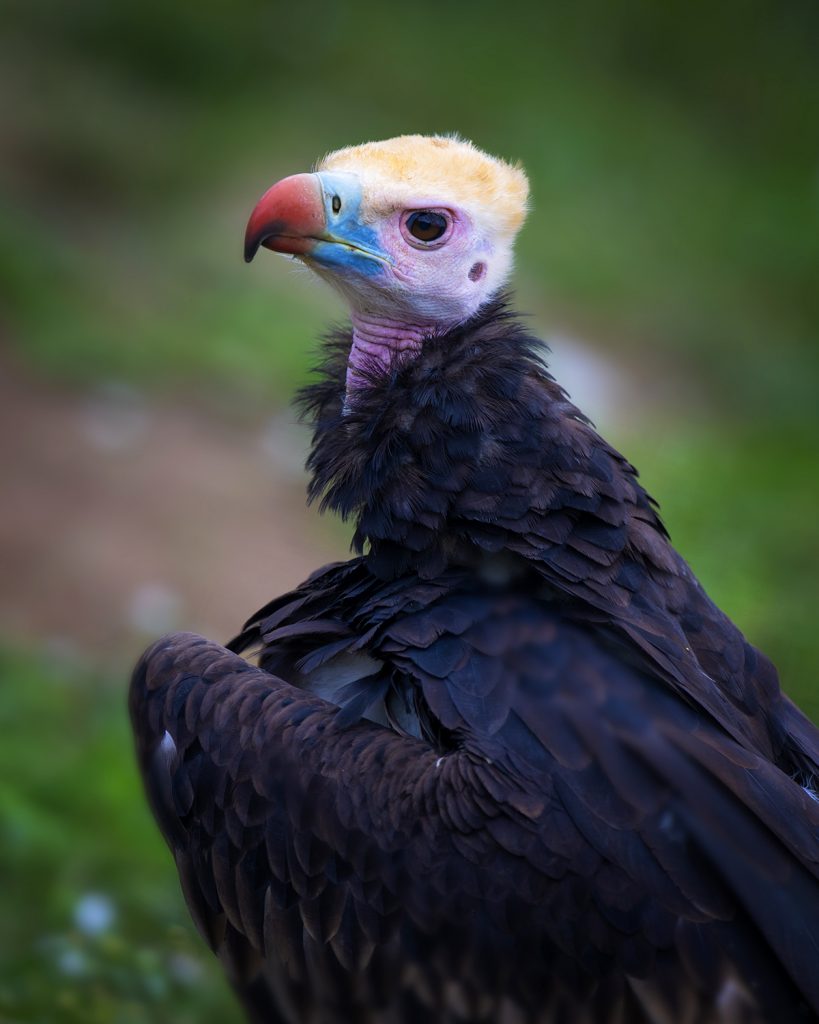
At the handoff point, Jacqui and Ben gently transferred the customised crate with our precious avian passenger onto the aircraft.
Inside, the female vulture remained remarkably calm. We secured her safely aboard the Cessna 182, her crate nestled next to me and my camera gear. With a final wave to Jacqui and Ben, the propeller spun to life. Durban fell away beneath us as we sliced through blue skies and rugged South African landscapes en route to Shamwari Private Game Reserve.
There’s a respectful silence that accompanies such moments—part ceremony, part science.
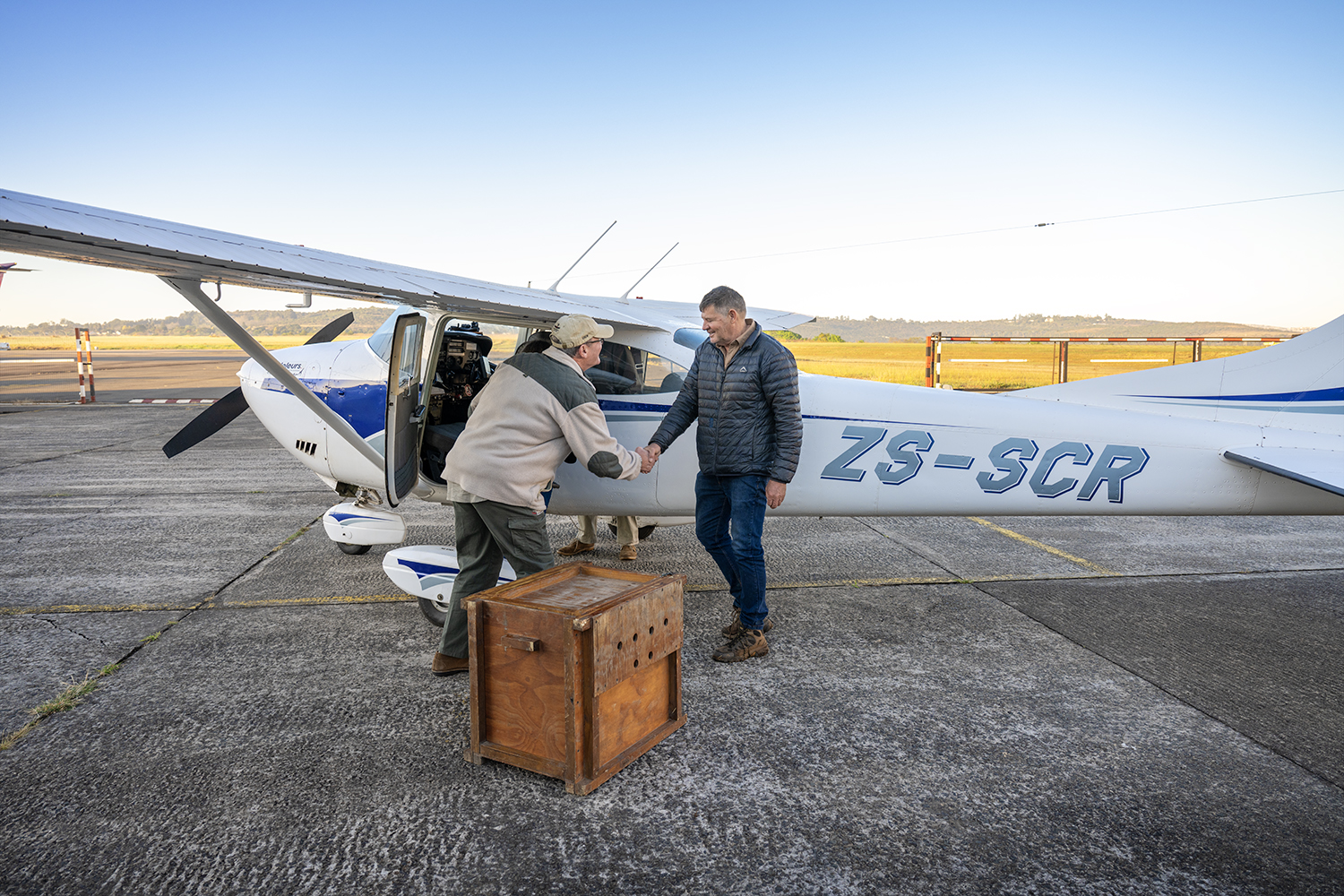
As we lifted off from Pietermaritzburg airport and banked southward, the Cessna 182 climbed into a sky so clear it felt almost ceremonial—as if the weather itself had chosen to cooperate for this rare and sacred task.
The horizon stretched out endlessly in front of us, painted in a clear, bright blue with not a cloud or breeze in sight. Below, the landscape unfurled like an ancient tapestry. KwaZulu-Natal’s lush green ridges softened into golden savannahs, then gave way to the rolling hills and wide-open spaces of the Eastern Cape.
Rivers curved through the valleys like silver ribbons, shining in the morning light. Soft patches of mist still hugged the lowlands, slowly fading as the sun rose higher. Below us, little farmhouses came into view, dirt roads twisting through the hills, and groups of cattle and sheep moving lazily across the fields.
It was the kind of flight that quiets your thoughts—where even the loud hum of the engine becomes a backdrop to the wonder of wild, untouched beauty. From this high vantage, the fragility of what we were trying to protect became very clear. Every ridge, every river, every stretch of veld was part of a bigger, breathing system. And somewhere in that mosaic, a vulture—a single, vital life—was on her way to rewrite the future of her species.
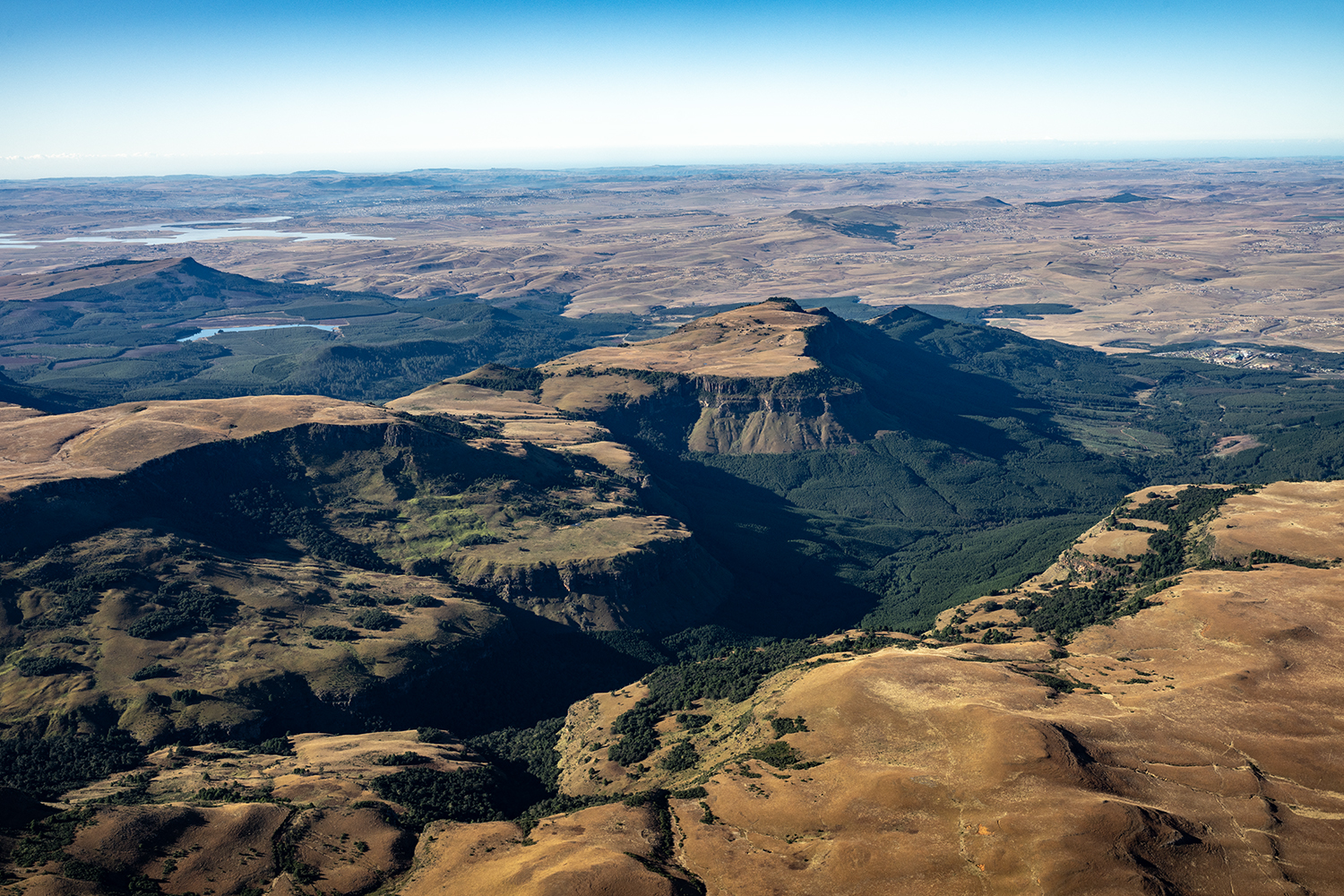
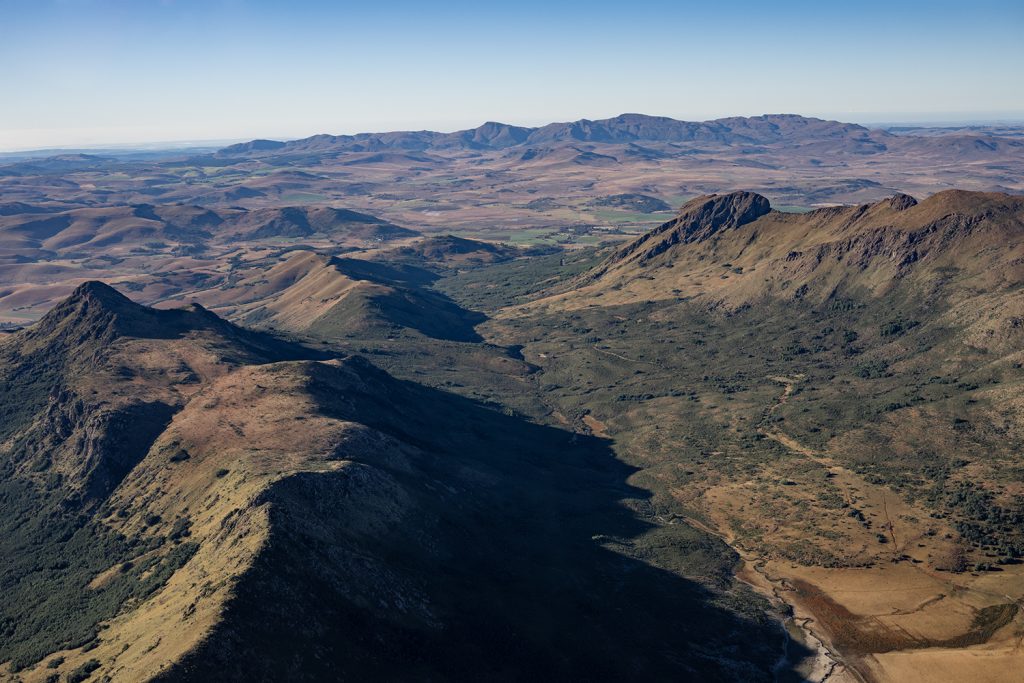
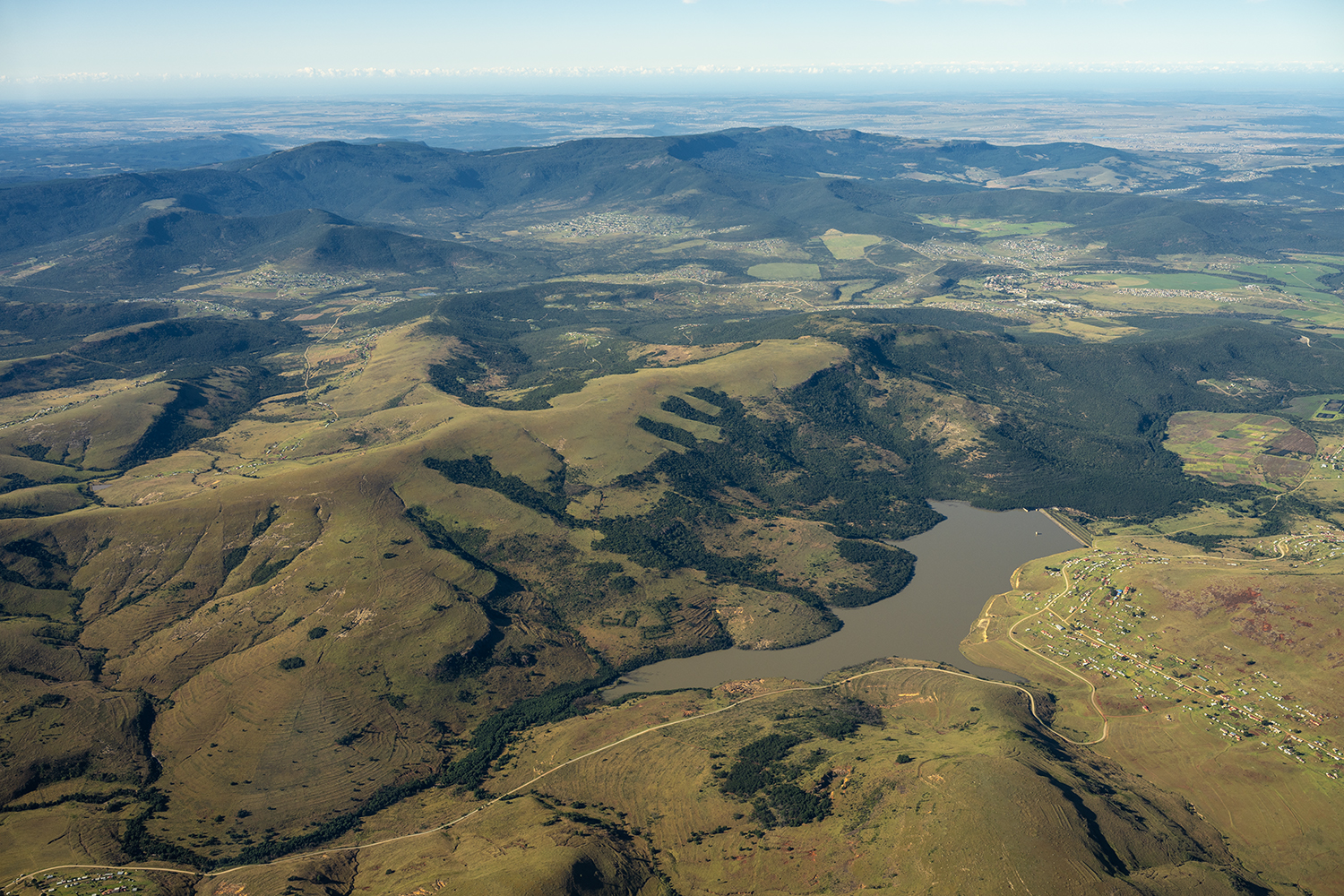
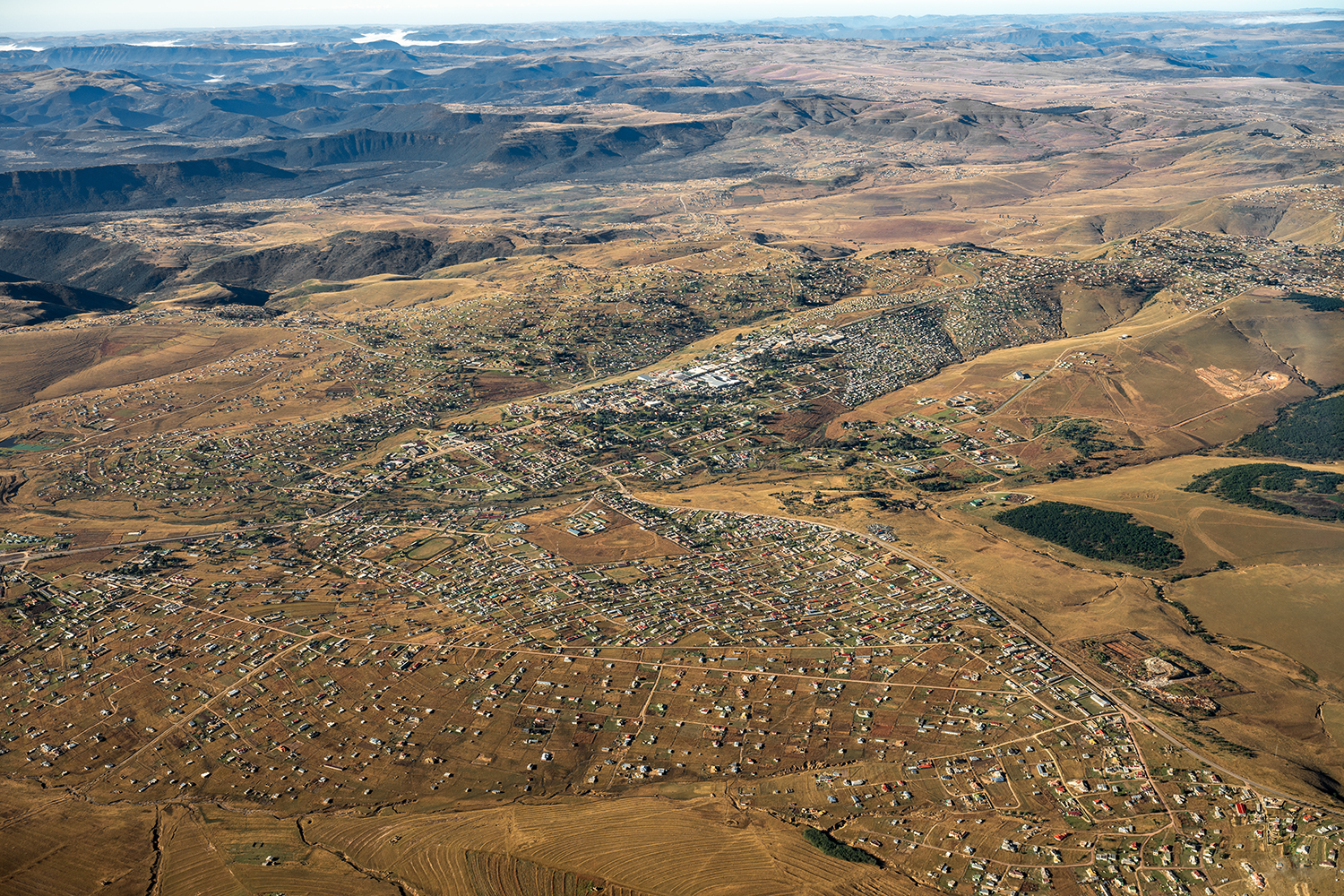
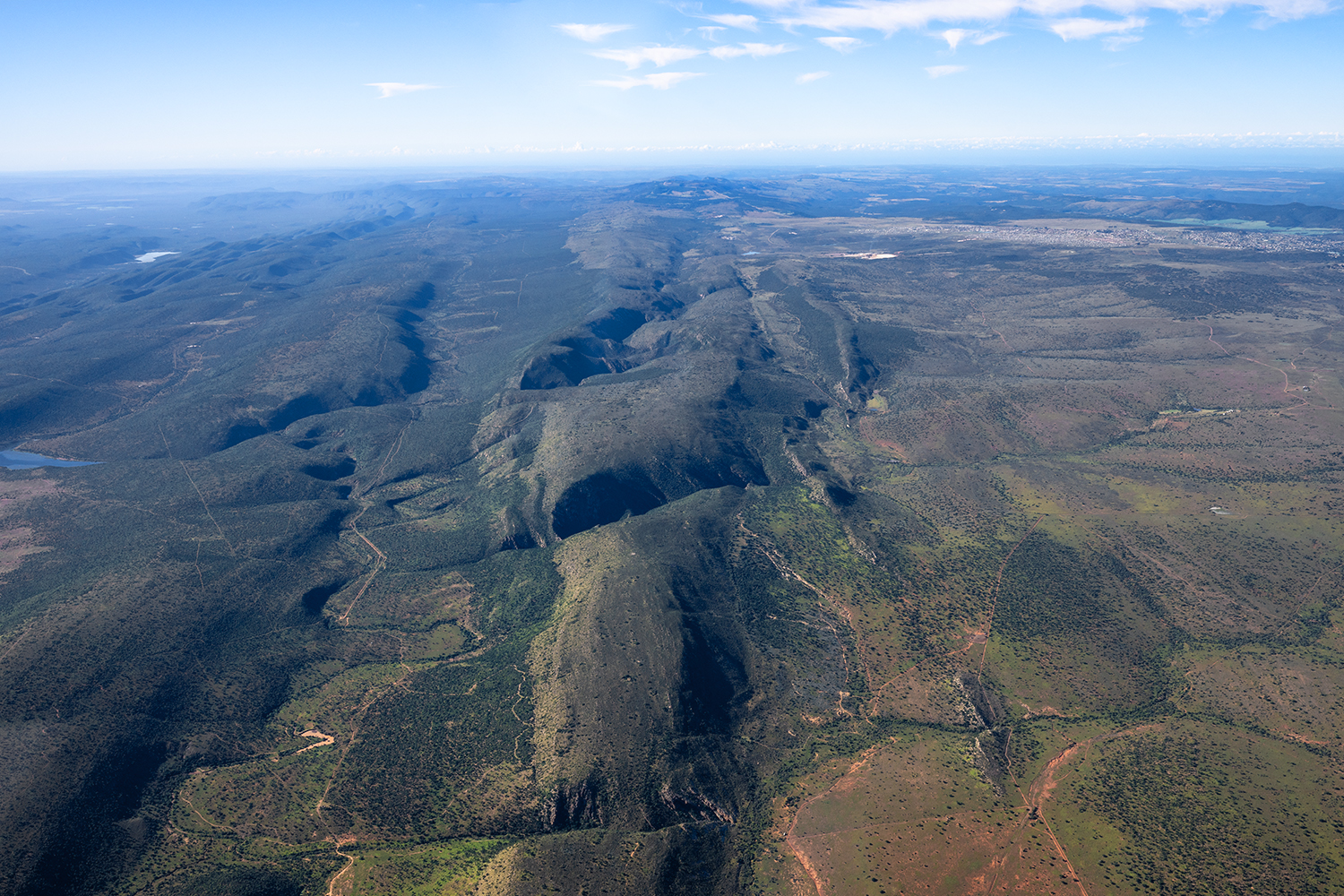
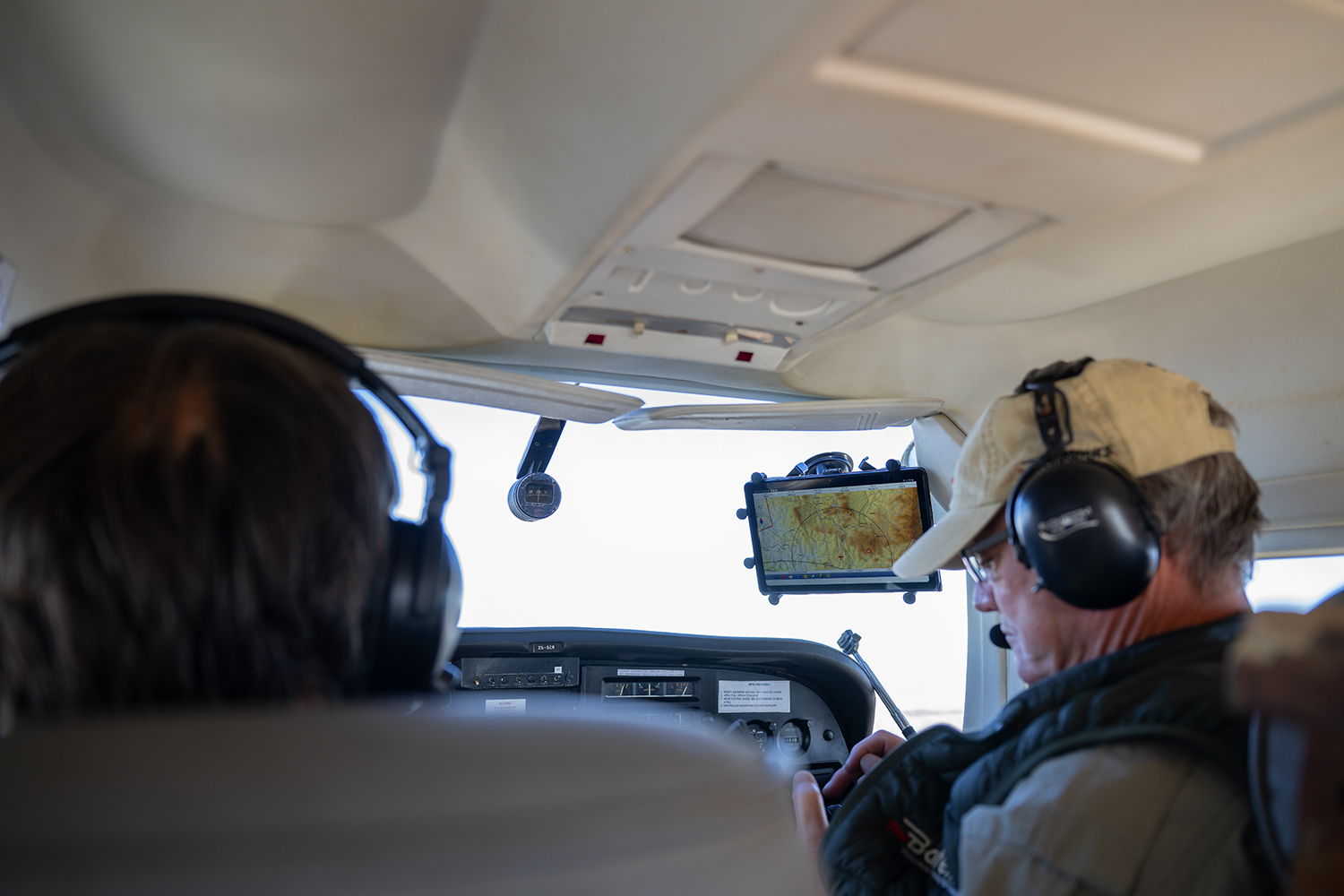
Arrival at Shamwari.
After a smooth flight, we touched down at Shamwari’s airstrip where a small welcoming committee awaited us. Kerri Wolter, VulPro’s founder and a fierce warrior for vultures, met us with her usual calm intensity.
The offload was swift but careful. As Kerri inspected the new arrival, the air pulsed with purpose. This wasn’t just the transfer of a bird—it was hope, feathered and breathing.
In her brief interview, Kerri expressed heartfelt gratitude to The Bateleurs team and the African Raptor Centre. She spoke passionately about how the flight spared the vulture over ten hours of stressful road travel, replacing it with just two and a half hours of calm, efficient transit—a far gentler experience for such a sensitive and endangered species.
“She may be one bird, but she represents an entire future generation of White-headed vultures. We can’t afford to lose another,” Kerri said, her words underscoring the true weight of the moment.
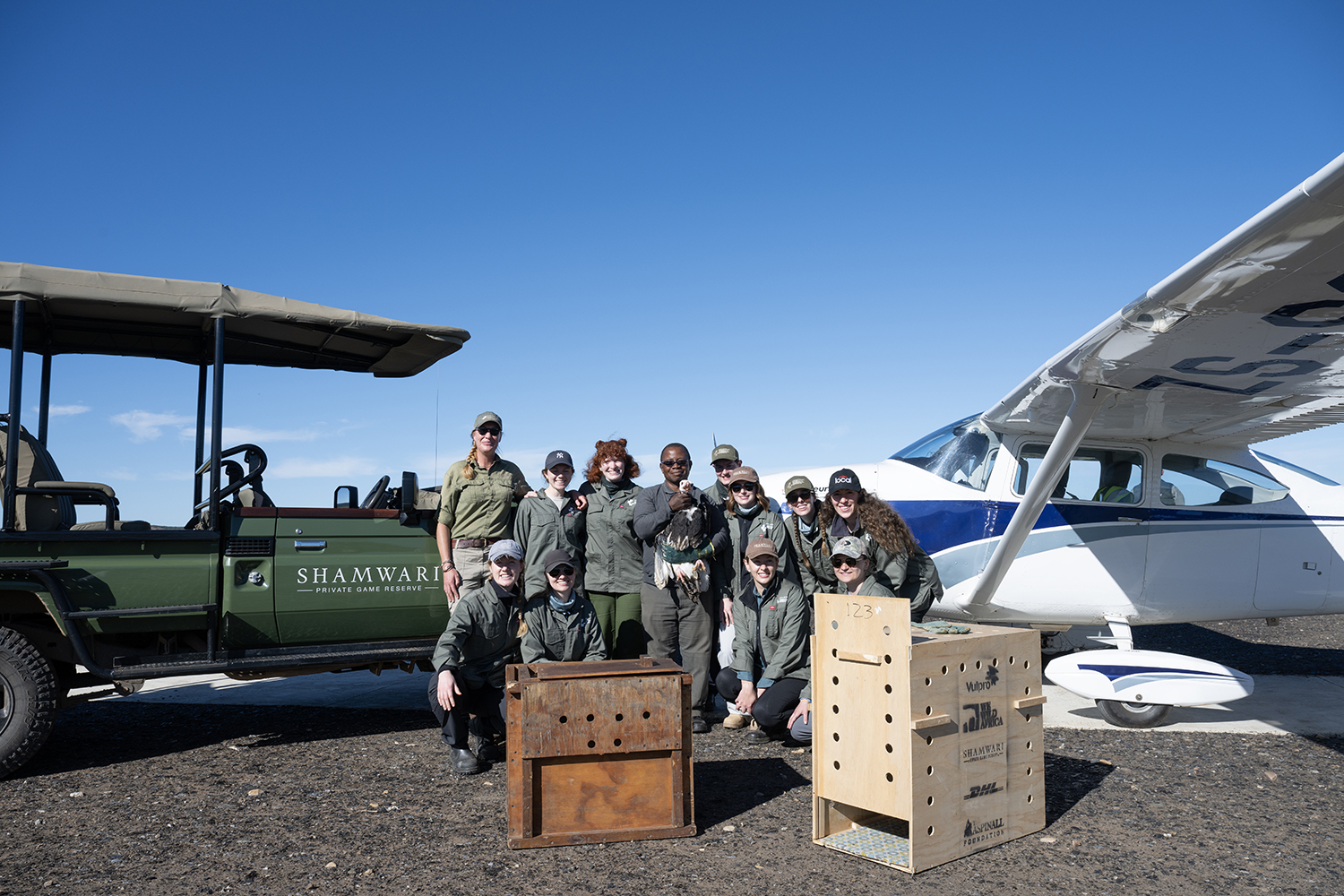
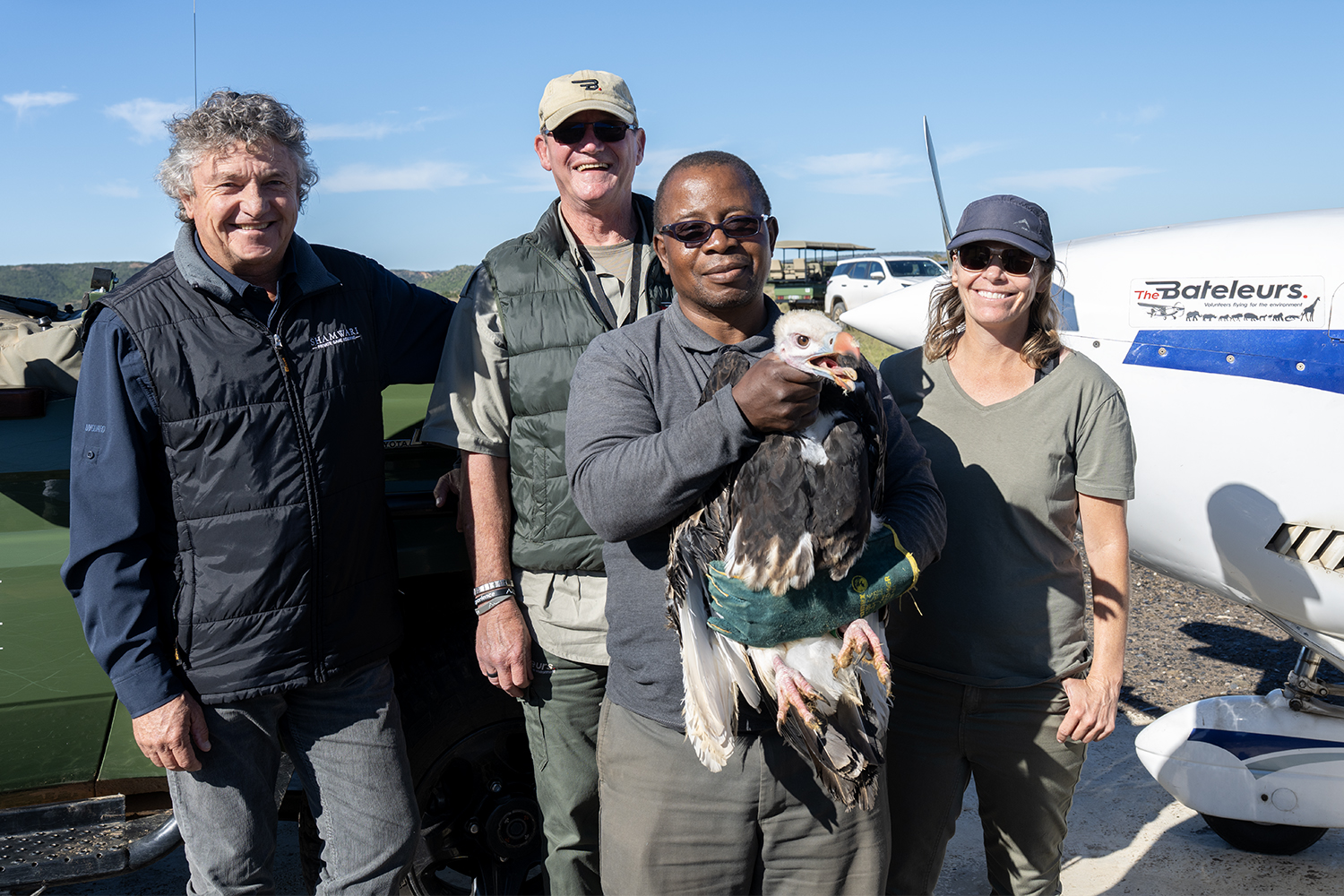
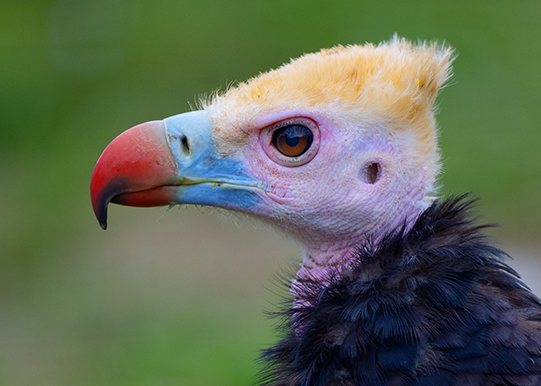
Mission Two: “MOAI”
As soon as the vulture was safely in VulPro’s care, we climbed back into the Cessna and took off again—this time heading south to Port Elizabeth.
where Moai, a juvenile Hawksbill Sea Turtle, was waiting.
Found stranded near Port Alfred, Moai arrived at Bay World weighing just under 4kg — bones exposed in both hind flippers and a belly full of plastic. Yes, a plastic bag’s worth. Through months of care, antibiotics, and veterinary support, Moai began to recover, eventually reaching a healthy weight of 6.4 kg.
In January, as part of a groundbreaking national study, an acoustic tag was carefully fitted to Moai’s shell—a small but powerful device that turns this endangered sea turtle into a swimming signal of hope. This tag allows researchers to track Moai’s coastal movements in real time once he’s released, offering vital insights into the elusive habits of Hawksbill turtles, one of the world’s most endangered marine species.
Known for their stunning, amber-colored shells and their role in maintaining the health of coral reefs, Hawksbills have suffered devastating population declines due to illegal poaching, habitat loss, and climate change. Tracking their movements isn’t just helpful—it’s essential. Each signal pinged from Moai’s tag will contribute to a larger scientific picture: identifying feeding grounds, migration routes, and potential new conservation zones.
In a world where so much about the ocean remains a mystery, Moai has become more than a turtle—he’s a data courier, a conservation ambassador, and living proof that when science, logistics, and compassion work together, even the smallest creatures can carry the biggest missions
In February, the Bayworld team attempted to release Moai to the wild in Algoa Bay — but something in him wasn’t ready. Moai circled the boat for over 10 minutes with no intention of swimming away, unlike most released turtles. With winter closing in, a new plan was hatched: Fly Moai to Ushaka Marine World in Durban, where warmer waters and a second chance await.
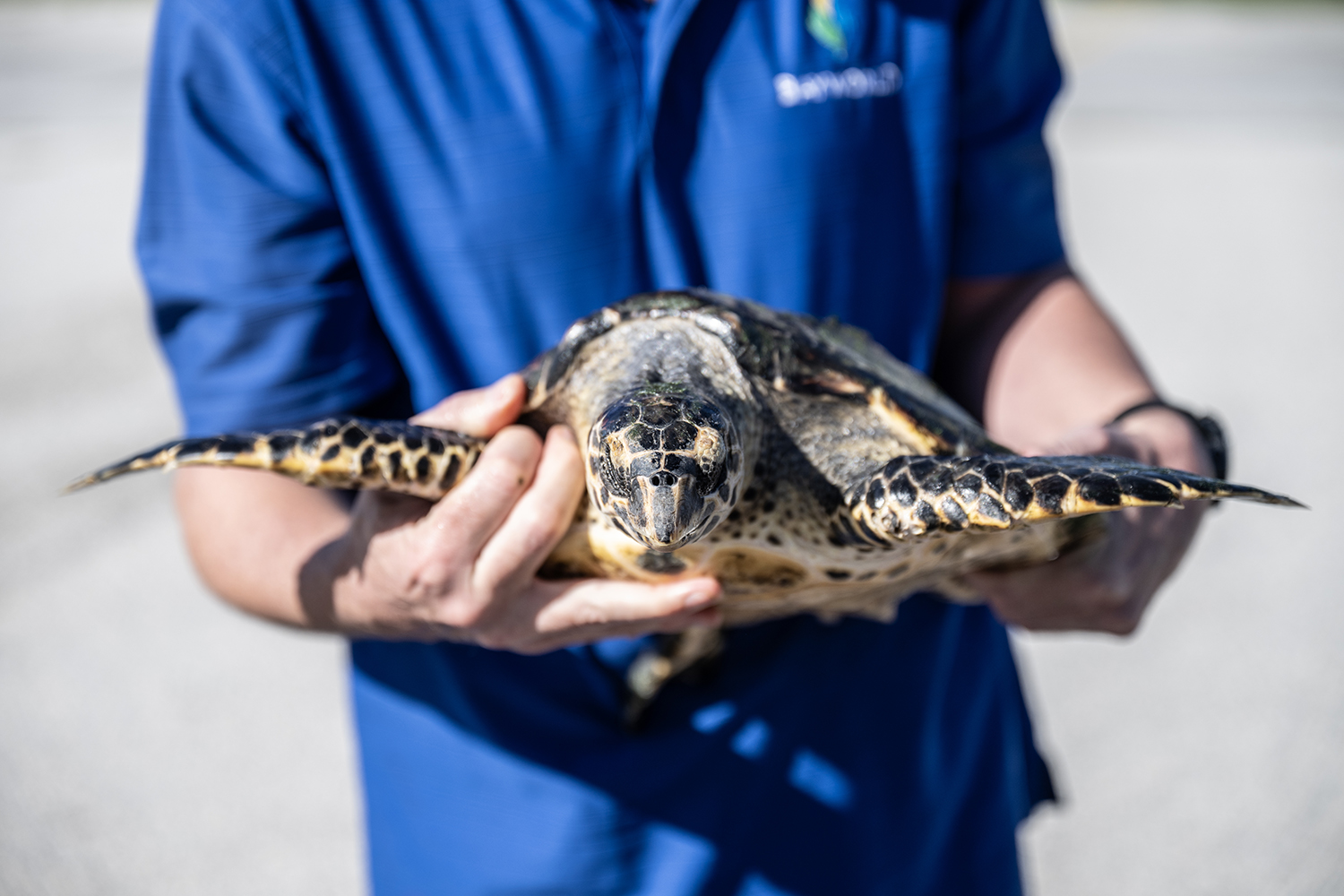
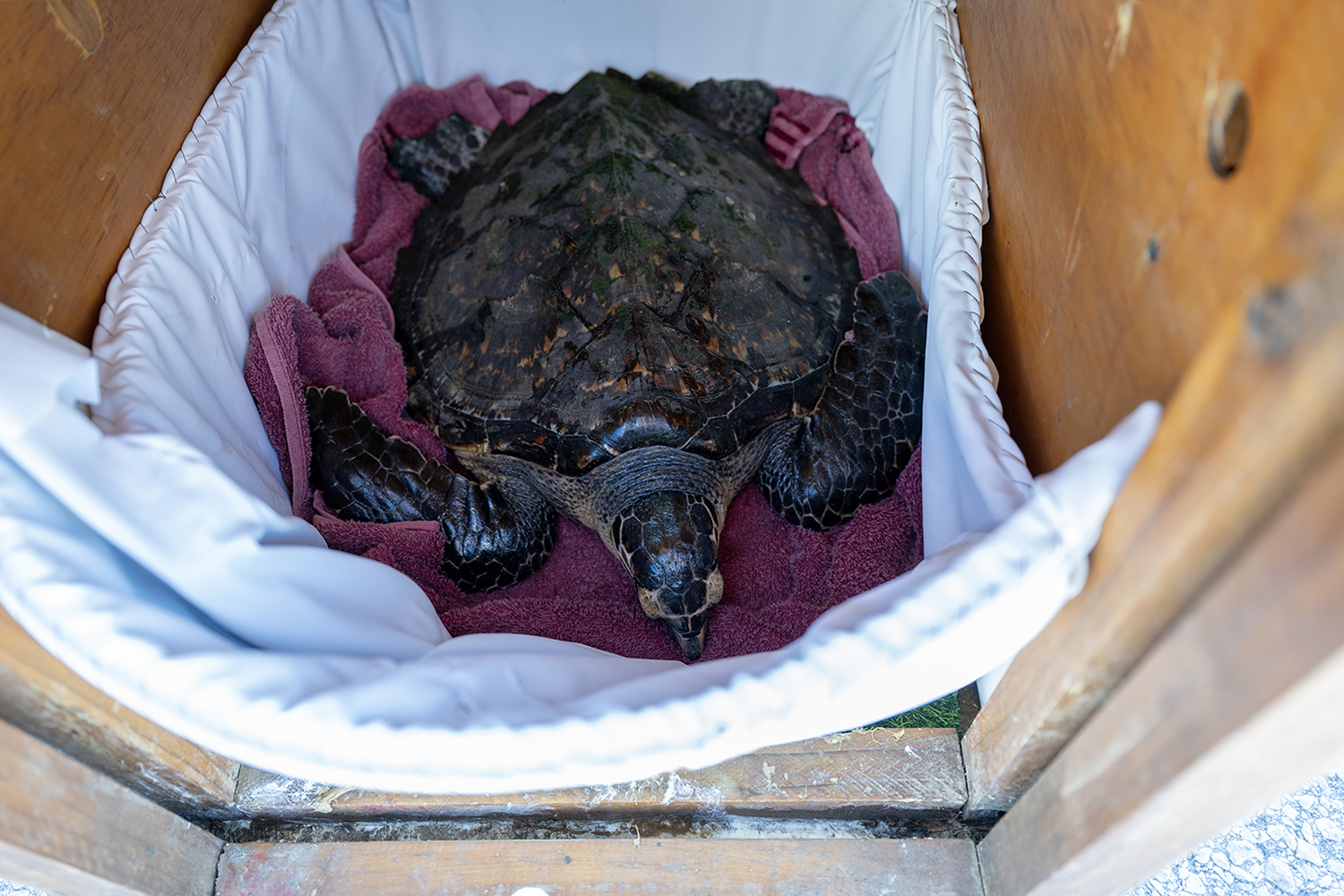
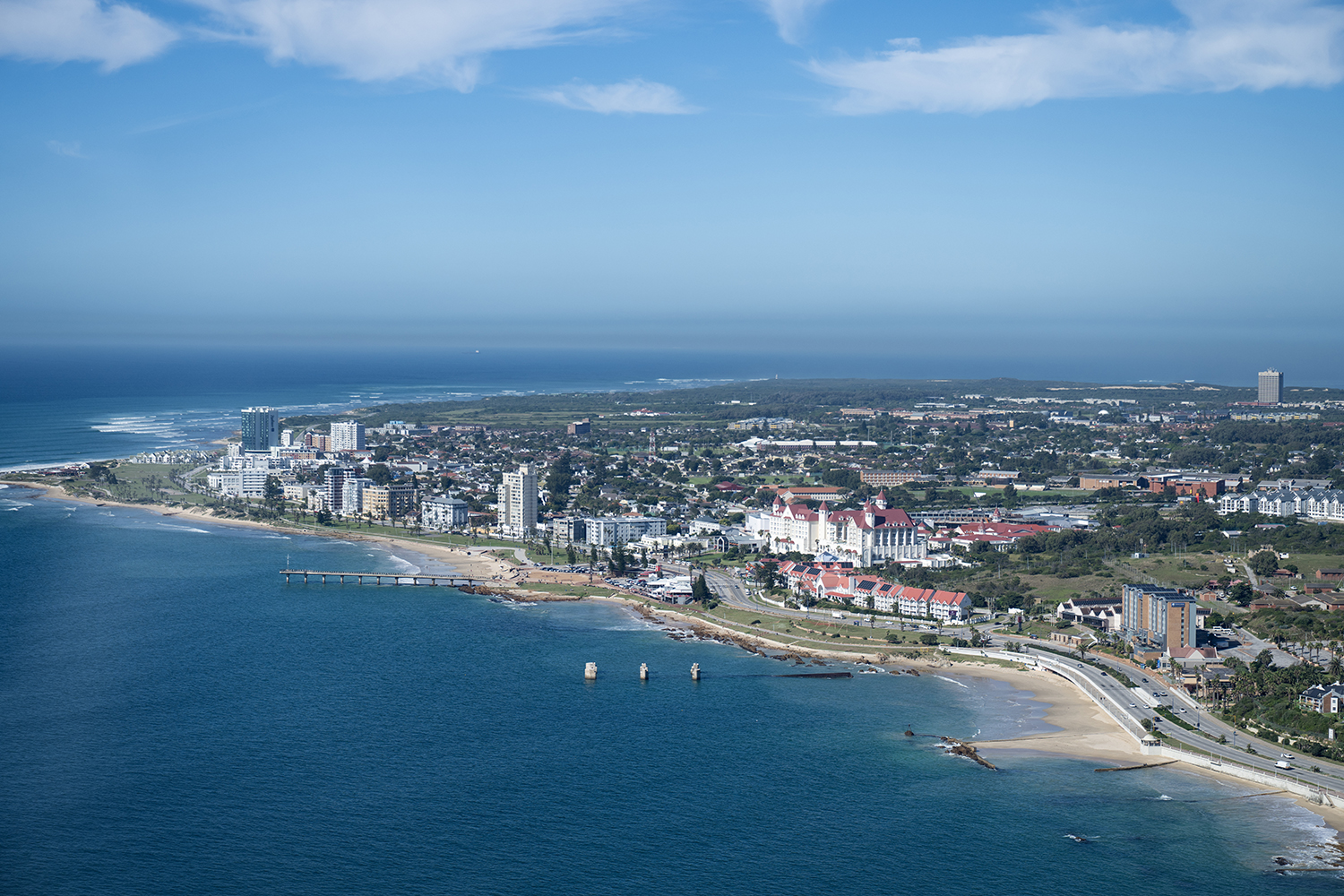
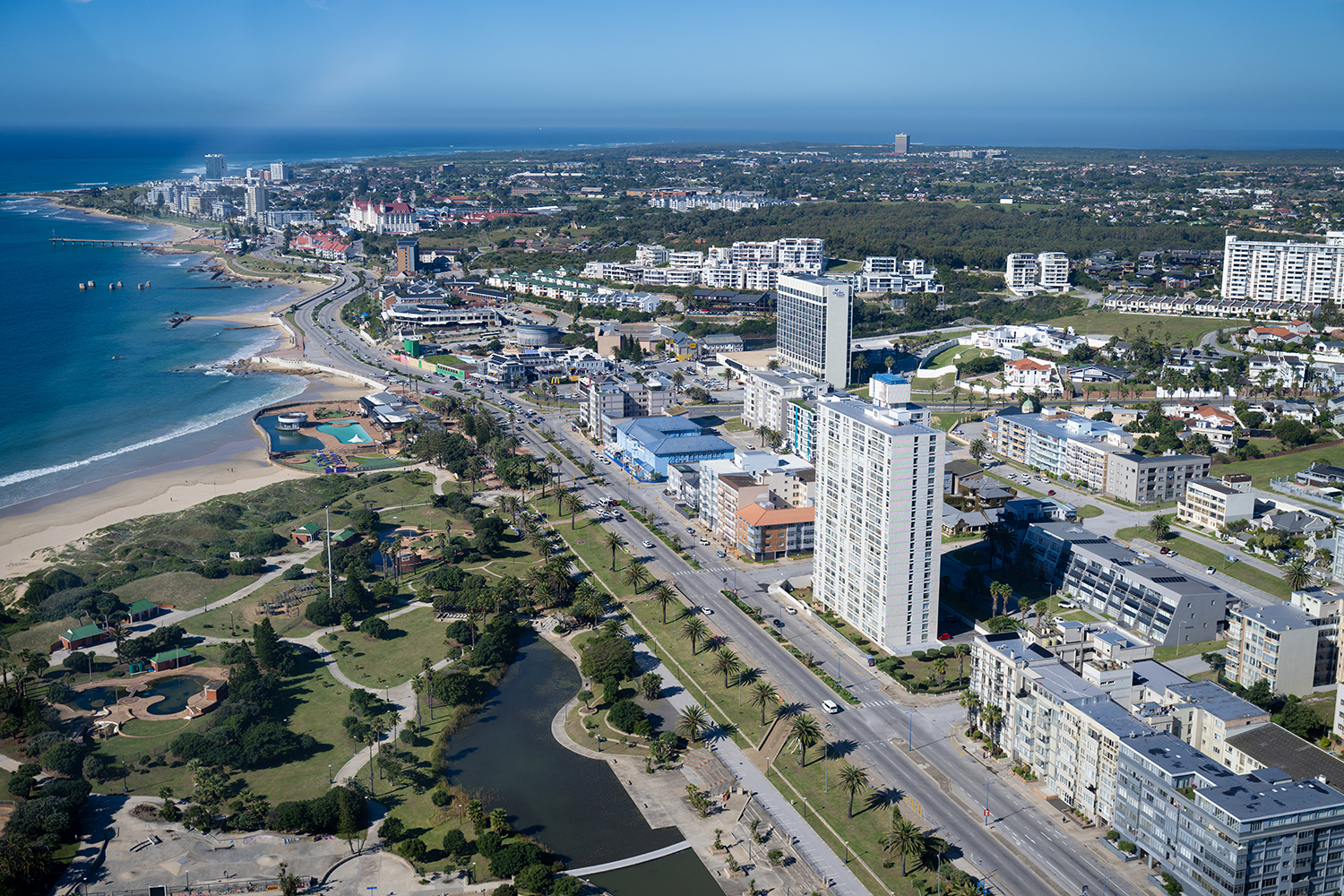
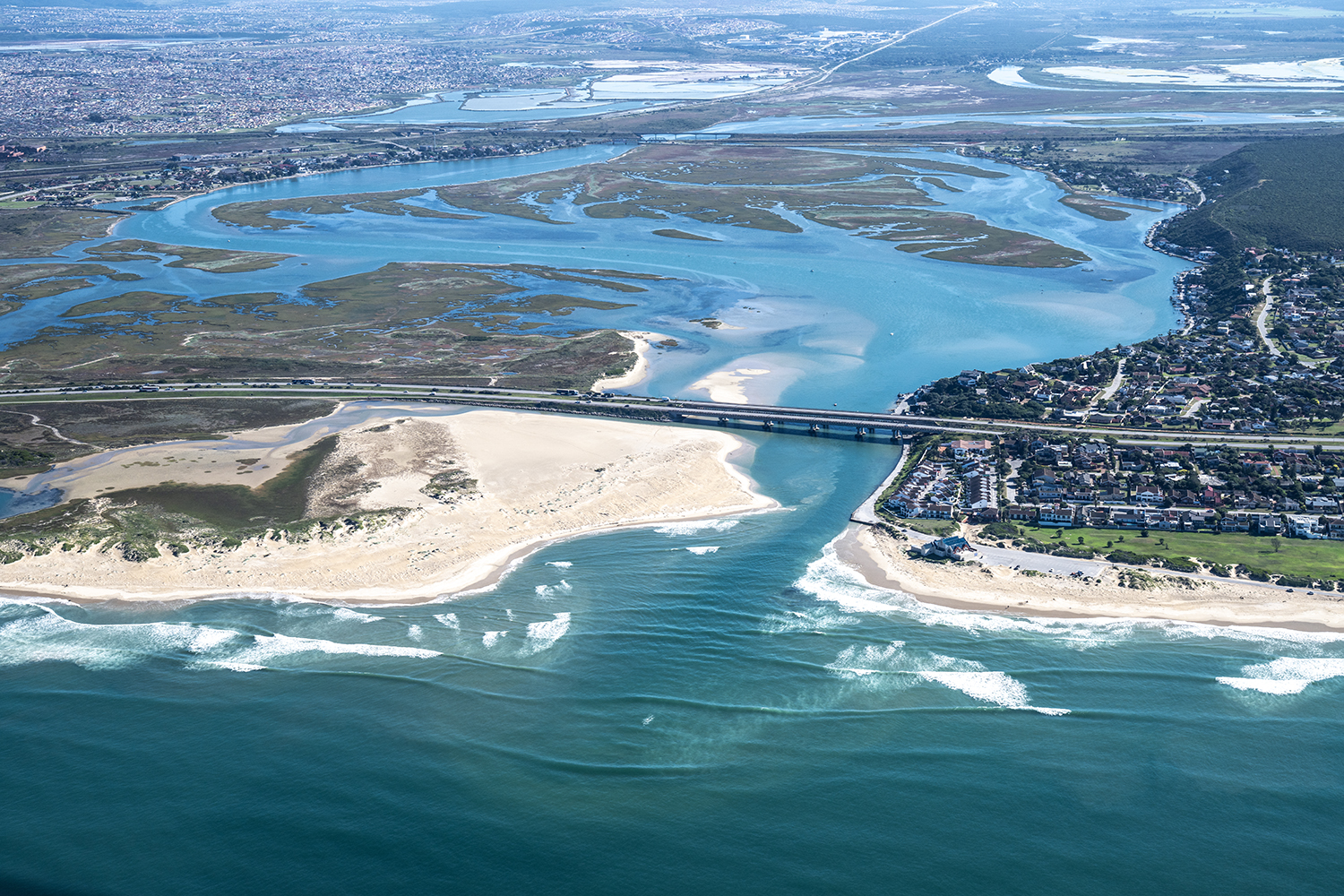
Together with Bateleurs pilots Claude Parnell and Steve MacCurrach, we flew the precious cargo in the Cessna 182 — proving again that conservation takes wings and heart.
Once we landed back in Pietermaritzburg, it was time to swap wings for wheels. We said our goodbyes to Claude, and Steve and I continued the final leg of the mission on land—transporting Moai to uShaka Marine World.
What should have been a straightforward drive quickly turned into a mini adventure, complete with dodging peak-hour traffic, skirting questionable shortcuts, and navigating through a few neighbourhoods that made Google Maps raise an eyebrow.
But nothing was stopping Moai now—not potholes, not taxi queues, not even the odd chicken crossing the road.
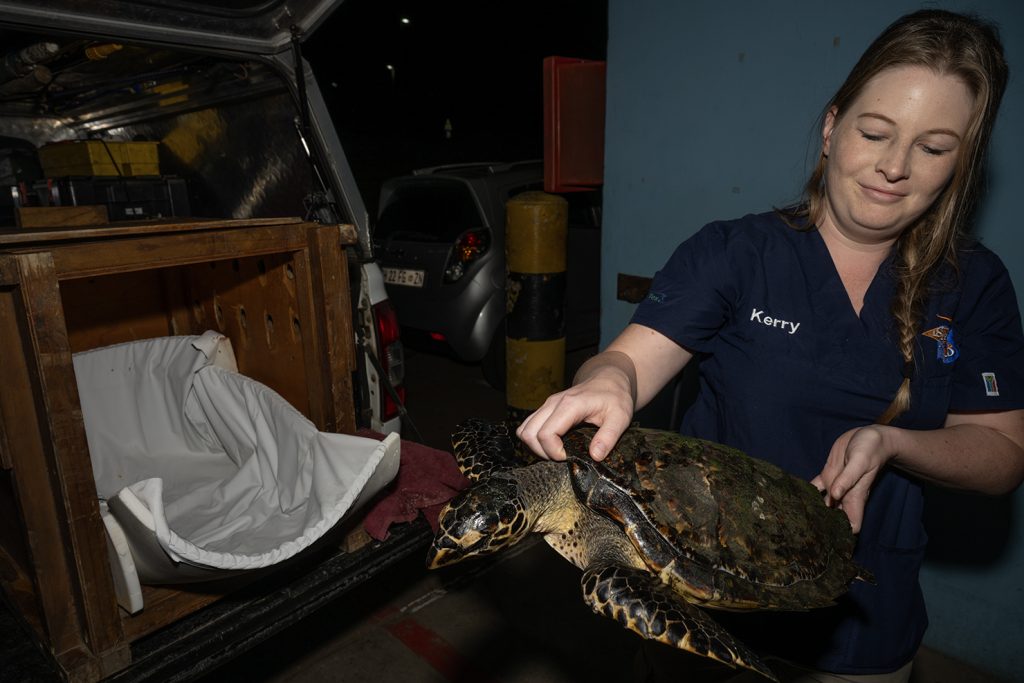
Finally, just as the city lights began to flicker on, we arrived at uShaka Marine World. Moai was gently handed over to a team of specialists who were ready and waiting. He now rests in the care of expert hands, continuing his rehabilitation with the goal of returning to the warm, wild waters of KwaZulu-Natal. With a bit of luck and a lot of care, Moai’s next journey won’t be in a crate or a car—but riding the ocean currents, where he belongs.
The driving force behind the mission: “The Bateleurs”
Named after the bateleur eagle, a native African bird known for its distinctive aerial acrobatics and keen vision, the organisation mirrors these qualities by offering unique and critical support to conservation through aviation.
The task of protecting Africa’s wildlife is massive — but thanks to unwavering champions like The Bateleurs, hope still has wings. This volunteer-powered team of pilots and conservation allies is working tirelessly to give species like vultures a fighting chance. Because if vultures vanish, so does the vital role they play in maintaining healthy ecosystems. The loss would echo far beyond the skies.
Regardless of where you live, you can make a difference. Please consider supporting conservation groups like ‘The Bateleurs’ through donations. Raising awareness about Africa’s wildlife conservation struggles is crucial. Share their story on social media and with your friends to help make a difference.
*Thank you to everyone from The Bateleurs team, African Raptor Centre, Shamwari Private Game Reserve, Bay World PE and and Ushaka Marine World, who made this mission possible.
And special Thanks to:
- Steve McCurrach – Bateleurs Director and mission coordinator
- Claude Parell -Bateleurs pilot
- Jaqui Gray – African Raptor Centre
- Ben Hoffman – African Raptor Centre
- Kerri Wolter– VulPro
Raewyn du Toit -Development and Communications
- Donovan Bailey – Bateleurs Director
- Ruth Wright – BayWorld PE
- Malini – Ushaka Marine World
Sven Kreher
Join LensTraveller On A Journey Of Discovery. Stay updated with the latest travel adventures, inspirations and insights.
*By subscribing you agree to our Terms &Conditions and Privacy & Cookies Policy.




















